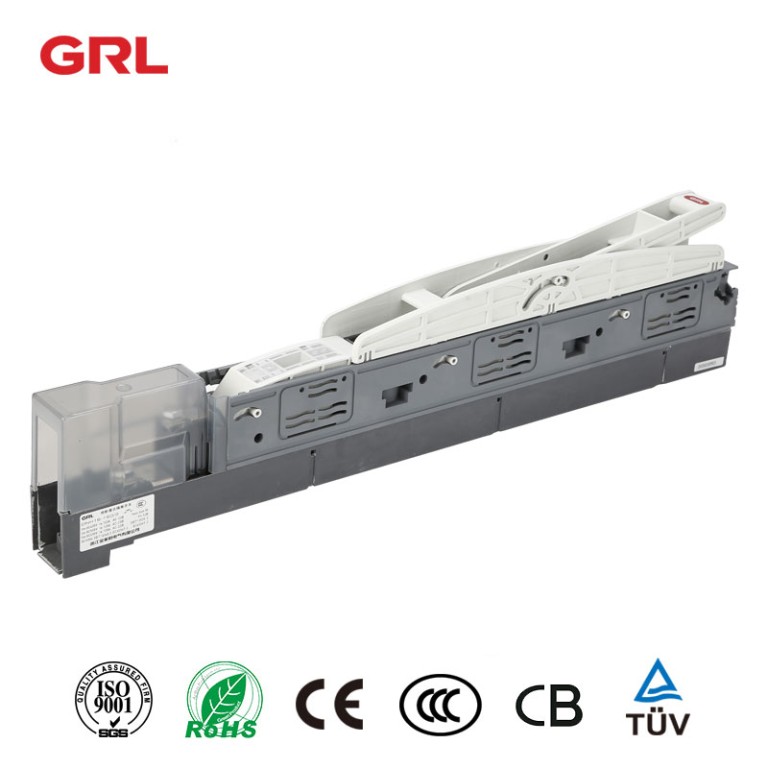
# Vertical Disconnectors in Power Distribution Systems
## Introduction to Vertical Disconnectors
Vertical disconnectors play a crucial role in modern power distribution systems. These specialized devices are designed to isolate sections of electrical circuits for maintenance, repair, or safety purposes. Unlike traditional horizontal disconnectors, vertical disconnectors offer unique advantages in terms of space efficiency and operational reliability.
## Key Features and Design
Vertical disconnectors are characterized by their upright orientation, which provides several benefits:
The vertical design allows for more compact installations, making them ideal for substations with limited space.
Their construction typically includes high-quality insulating materials and robust mechanical components to ensure reliable operation under various environmental conditions.
## Applications in Power Distribution
These devices find extensive use in:
1. Substation Installations
Vertical disconnectors are commonly employed in substations to isolate transformers, circuit breakers, and other critical equipment.
2. Industrial Power Systems
Manufacturing facilities utilize vertical disconnectors to create safe isolation points for equipment maintenance.
3. Renewable Energy Plants
Solar and wind farms incorporate these devices to manage power flow and ensure worker safety during system maintenance.
## Advantages Over Horizontal Disconnectors
Vertical disconnectors offer several distinct benefits:
Keyword: Vertical disconnectors
- Reduced footprint in substation design
- Improved arc-quenching capabilities in some designs
- Enhanced safety during operation due to vertical movement
- Better performance in contaminated environments
## Maintenance Considerations
Proper maintenance is essential for optimal performance:
Regular inspection of contact surfaces ensures reliable operation. Technicians should check for signs of wear, corrosion, or contamination that could affect performance.
Lubrication of moving parts should be performed according to manufacturer specifications to maintain smooth operation and prevent mechanical failures.
## Future Developments
The power industry continues to innovate in disconnector technology:
New materials and designs are being developed to enhance the performance and reliability of vertical disconnectors, particularly for high-voltage applications.
Smart monitoring systems are being integrated to provide real-time data on contact status and operating conditions, enabling predictive maintenance strategies.
## Conclusion
Vertical disconnectors represent an important component in modern power distribution systems, offering space-efficient and reliable circuit isolation solutions. As power networks continue to evolve, these devices will play an increasingly vital role in ensuring system safety and operational flexibility.